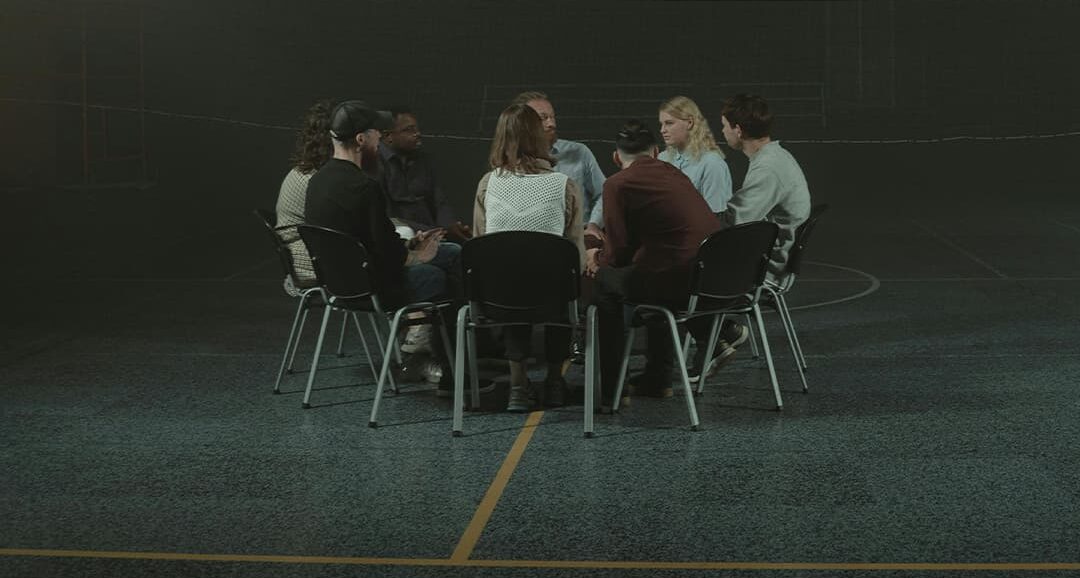At the forefront of discussions in psychology, psychiatry, and behavioral neuroscience lies the concept of “loop ties,” a term that encapsulates intricate connections within human behavior and cognition. As we prepare for our upcoming conference, it’s essential to delve into the significance of loop ties across these disciplines and explore their implications for understanding and treating mental health disorders.
Defining Loop Ties
Loop ties refer to the interconnected patterns of thought, behavior, and neural activity that form within individuals and groups over time. These loops can range from simple feedback mechanisms to complex networks of mutual influence and reinforcement. Understanding loop ties is crucial as they shape our perceptions, decision-making processes, and emotional responses.
In psychology, loop ties manifest in various cognitive and behavioral phenomena. For instance, habitual behaviors and thought patterns can form loops where actions reinforce beliefs and vice versa. This concept is central to cognitive-behavioral therapy (CBT), which aims to identify and modify maladaptive loops to alleviate symptoms of anxiety, depression, and other mental health conditions.
Loop Ties in Psychiatry
In psychiatry, loop ties are evident in the development and persistence of psychiatric disorders. For example, individuals with obsessive-compulsive disorder (OCD) experience intrusive thoughts (obsessions) that lead to repetitive behaviors (compulsions). These behaviors temporarily relieve anxiety, reinforcing the loop of obsession and compulsion. Understanding these loop ties helps clinicians tailor therapeutic interventions to disrupt these patterns and promote recovery.
Research also explores how loop ties contribute to the onset and progression of mood disorders, such as depression and bipolar disorder. Dysfunctional loops involving negative self-perceptions, rumination, and avoidance behaviors can exacerbate symptoms and hinder recovery. By targeting these loops through psychotherapy and medication, psychiatrists aim to interrupt negative cycles and enhance patients’ well-being.
Behavioral Neuroscience Perspectives
From a behavioral neuroscience perspective, loop ties involve complex interactions between neural circuits and external stimuli. Neural networks form loops through synaptic plasticity and feedback mechanisms, allowing for adaptive responses to environmental changes. Research in this area investigates how these loops influence learning, memory, and emotional regulation, shedding light on brain-based interventions for mental health disorders.
For instance, studies using functional neuroimaging techniques have identified neural loops associated with addiction, highlighting the role of reward pathways and craving responses. Understanding these loop ties is crucial for developing targeted interventions that mitigate the neural changes underlying addictive behaviors.
Social Dynamics and Loop Ties
Loop ties extend beyond individual cognition to encompass social dynamics and group behaviors. Social networks, for example, are characterized by loop ties where interactions among individuals reinforce social norms, attitudes, and behaviors. Research in social psychology examines how these loops influence identity formation, social cohesion, and collective decision-making processes.
Moreover, loop ties contribute to the spread of information and behaviors within communities, influencing public health outcomes and societal responses to crises. Understanding these dynamics is essential for designing effective interventions that promote positive behavior change and address public health challenges, such as vaccine hesitancy and mental health stigma.
Challenges and Future Directions
While loop ties provide valuable insights into human behavior and cognition, challenges persist in their study and application across disciplines. Variability in individual responses and the complexity of loop interactions pose methodological challenges for researchers and clinicians alike. Integrating findings from psychology, psychiatry, and behavioral neuroscience is essential for advancing our understanding of loop ties and their implications for mental health and well-being.
Looking forward, future research should explore innovative methodologies and interdisciplinary collaborations to unravel the complexities of loop ties. By bridging the gap between theory and practice, researchers can develop personalized interventions that target specific loop patterns and promote adaptive behaviors and psychological resilience.
In conclusion, loop ties represent a fundamental concept in psychology, psychiatry, and behavioral neuroscience, shaping our understanding of human cognition, behavior, and mental health. As we gather at our conference, we celebrate the diverse research efforts aimed at unraveling the intricacies of loop ties and their profound implications for clinical practice and societal well-being.
By fostering collaboration and innovation, we strive to advance our knowledge of loop ties and translate this understanding into effective strategies for promoting mental health and resilience. Together, let us explore the frontiers of loop ties research and pave the way for transformative discoveries in psychology, psychiatry, and behavioral neuroscience.






